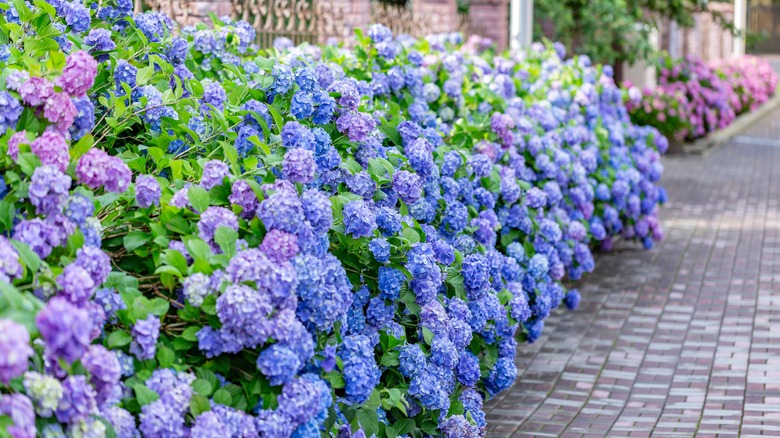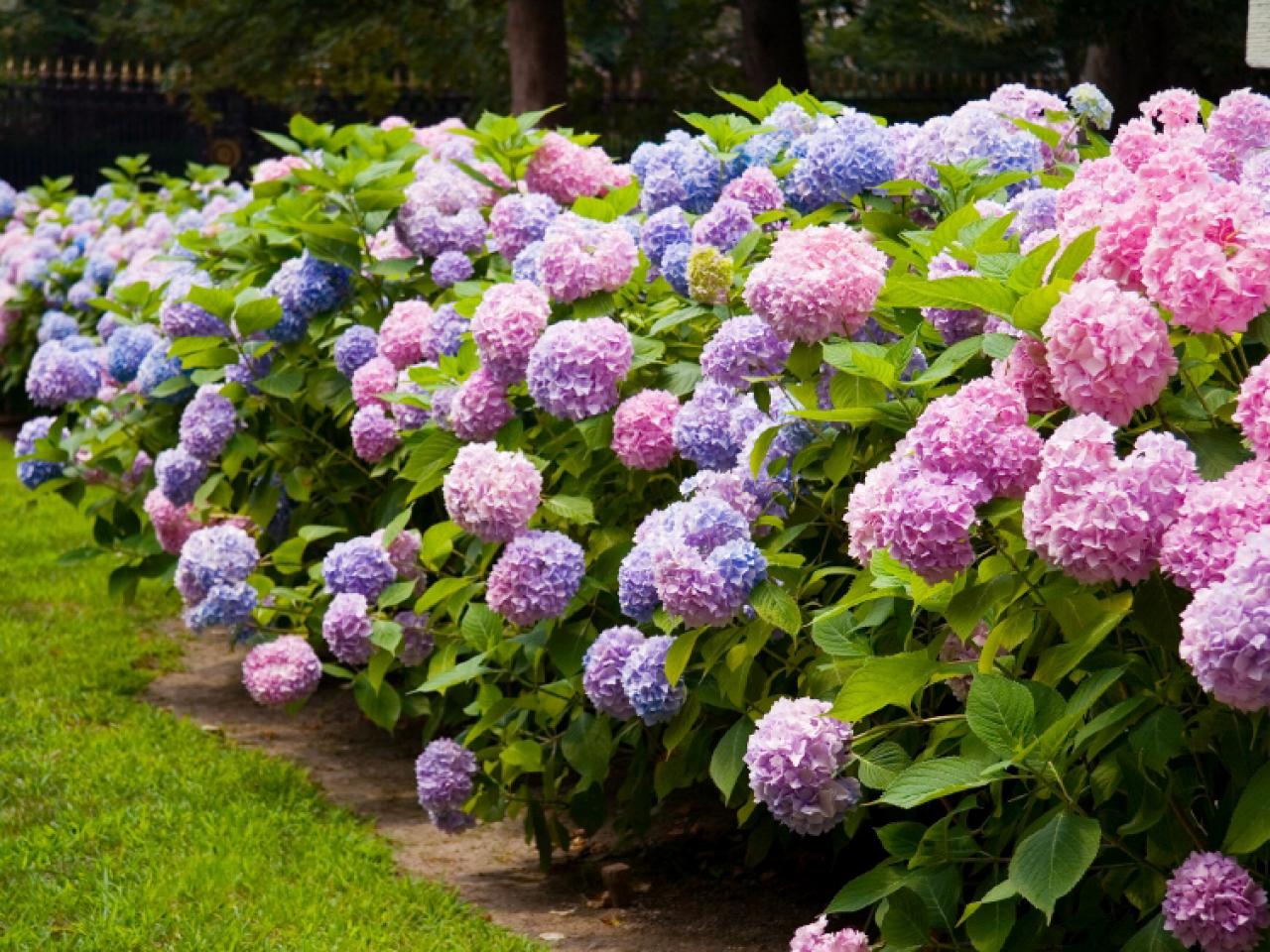How To Get The Most Out Of Your Hydrangeas With The Right Fertilizer
How to Get the Most Out of Your Hydrangeas with the Right Fertilizer
Hydrangeas are beautiful flowering shrubs that can add a touch of elegance to any garden. However, in order to thrive, hydrangeas need the right nutrients. One of the most important things you can do for your hydrangeas is to fertilize them properly.
In this blog post, I will discuss the different types of fertilizer that are available for hydrangeas, as well as how to apply them correctly. I will also provide some tips on how to get the most out of your hydrangeas with the right fertilizer.
What is the best fertilizer for hydrangeas?
There are a few different types of fertilizer that are commonly used for hydrangeas. These include:
- Slow-release fertilizer: This type of fertilizer releases nutrients over a long period of time, which is ideal for hydrangeas. Slow-release fertilizers are available in both granular and liquid forms.
- Organic fertilizer: Organic fertilizers are made from natural materials, such as compost, manure, and bone meal. They are a good choice for hydrangeas because they are gentle on the plants and release nutrients slowly.
- Fertilizer spikes: Fertilizer spikes are a convenient way to fertilize hydrangeas. They are inserted into the soil around the plant and slowly release nutrients over time.
How to fertilize hydrangeas
The best time to fertilize hydrangeas is in the spring, when they are just starting to grow. You can also fertilize them in the fall, but it is important to stop fertilizing them by the end of October, so that they have time to go dormant before winter.
The amount of fertilizer you use will depend on the size of your hydrangeas. For small hydrangeas, you will need about 1/2 cup of fertilizer. For larger hydrangeas, you will need about 1 cup of fertilizer.
To apply fertilizer to hydrangeas, simply spread it evenly around the drip line of the plant. Be sure to water the fertilizer in well.
Tips for getting the most out of your hydrangeas with fertilizer
- Test your soil: Before you fertilize your hydrangeas, it is a good idea to test your soil to see what nutrients it is lacking. This will help you to choose the right fertilizer for your plants.
- Water regularly: Hydrangeas need to be watered regularly, especially during the growing season. Watering your hydrangeas will help them to absorb the nutrients from the fertilizer.
- Mulch around your hydrangeas: Mulching around your hydrangeas will help to keep the soil moist and cool. It will also help to prevent the growth of weeds.
Conclusion
By following these tips, you can help your hydrangeas to thrive with the right fertilizer. With proper care, your hydrangeas will bloom beautifully for many years to come.
Hydrangeas are beautiful flowering shrubs that can add a touch of elegance to any garden. But in order to thrive, they need to be fertilized properly. The best time to fertilize hydrangeas is in early spring, when they are just starting to leaf out. You can use a balanced fertilizer, such as a 10-10-10, or a fertilizer specifically formulated for hydrangeas. Apply the fertilizer according to the directions on the label.
If you want to encourage blue blooms, you can use an aluminum sulfate fertilizer. This will lower the pH of the soil, which will make the blooms bluer. However, it's important to note that not all hydrangeas will turn blue, even with aluminum sulfate fertilizer.
If you're not sure how to fertilize your hydrangeas, or if you want more information about fertilizing hydrangeas, I recommend visiting . This website has a wealth of information about hydrangeas, including articles on fertilizing, pruning, and pest control.
FAQ of fertilizing hydrangeas
1. What is the best fertilizer for hydrangeas?
There are many different fertilizers that can be used on hydrangeas, but the best type will depend on the specific variety of hydrangea you have. In general, organic, slow-release fertilizers are a good choice for hydrangeas, as they provide the nutrients the plants need without burning them. Some specific fertilizers that are well-suited for hydrangeas include:
- Rose fertilizer: This type of fertilizer is a good choice for hydrangeas because it contains the nutrients that these plants need to thrive.
- Azalea fertilizer: This type of fertilizer is also a good choice for hydrangeas, as it is specifically formulated for acid-loving plants.
- Organic fertilizer: Any type of organic fertilizer, such as compost or manure, can be used on hydrangeas.
2. When should I fertilize my hydrangeas?
Hydrangeas should be fertilized in the spring and fall. In the spring, fertilize them just as they start to come out of dormancy. In the fall, fertilize them again to help them prepare for winter.
3. How much fertilizer should I use?
The amount of fertilizer you use will depend on the size of your hydrangeas and the type of fertilizer you are using. In general, you should use a fertilizer that is labeled for hydrangeas and follow the directions on the label.
4. How do I apply fertilizer to my hydrangeas?
You can apply fertilizer to hydrangeas by following these steps:
- Water your hydrangeas thoroughly before fertilizing.
- Spread the fertilizer evenly around the base of the plant.
- Water your hydrangeas again after fertilizing.
5. What are the signs of hydrangeas that need fertilizer?
There are a few signs that your hydrangeas may need fertilizer. These signs include:
- Slow growth
- Small leaves
- Few blooms
- Yellowing or browning leaves
If you see any of these signs, it is a good idea to fertilize your hydrangeas.
Image of fertilizing hydrangeas
- Image 1: A woman wearing gardening gloves is spreading fertilizer around the base of a hydrangea bush.

- Image 2: A man is pouring fertilizer from a bag into a watering can.

- Image 3: A close-up of a hydrangea leaf with fertilizer granules sprinkled on it.

- Image 4: A hydrangea bush in full bloom, with a caption that says "Fertilized hydrangeas."

- Image 5: A before-and-after photo of a hydrangea bush, with the caption "The difference fertilizing can make."

Post a Comment for "How To Get The Most Out Of Your Hydrangeas With The Right Fertilizer"